A Book Exploring the Beauty of Japanese Gardens
Horticulturalist Sophie Walker, who also holds a degree in art history, pays homage to these gardens and their history in 'The Japanese Garden'.

Daikaku-ji, Kyoto, 814, Heian Period. Picture credit: Travellinglight/Alamy Stock Photo (page 83)
Far from the clean, ruler-straight paths found in French gardens and a million miles away from the more imposing quality to English gardens, Japanese gardens are designed to be spaces for freedom, where nature is studied and guided to then reproduce its wild beauty in miniature, and where symbolic ‘zen’ elements are added in different places.
This book by Sophie Walker, keen horticulturalist and art history graduate, offers no practical tips and she does not claim to be a master of gardening: it explores Japan through its most beautiful gardens without giving their address. The book starts from one hundred concrete examples and beautiful images to then reveal, through rich and precise explanations, another dimension of the Japanese garden: that, born in the 13th century, of a space dedicated less to aestheticism and strolling around than to reflection, philosophy and spirituality.
The Japanese Garden (2017) by Sophie Walker, published by Phaidon
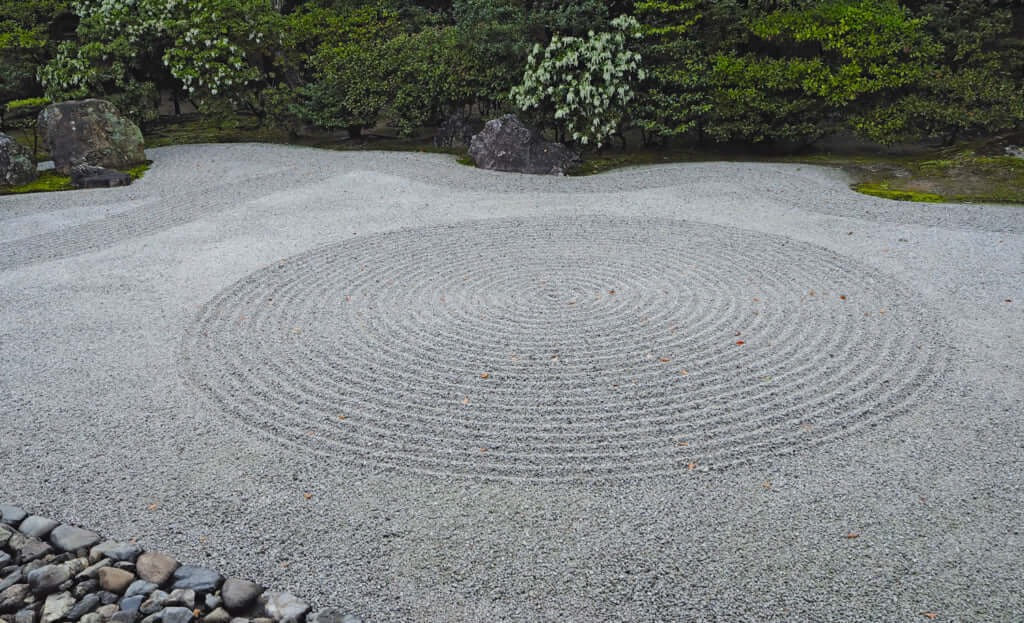
Kennin-ji, Rinzai Zen Buddhism, Kyoto, 1202, Kamakura Period. Picture credit: Photograph © Sophie Walker (pages 170-171)
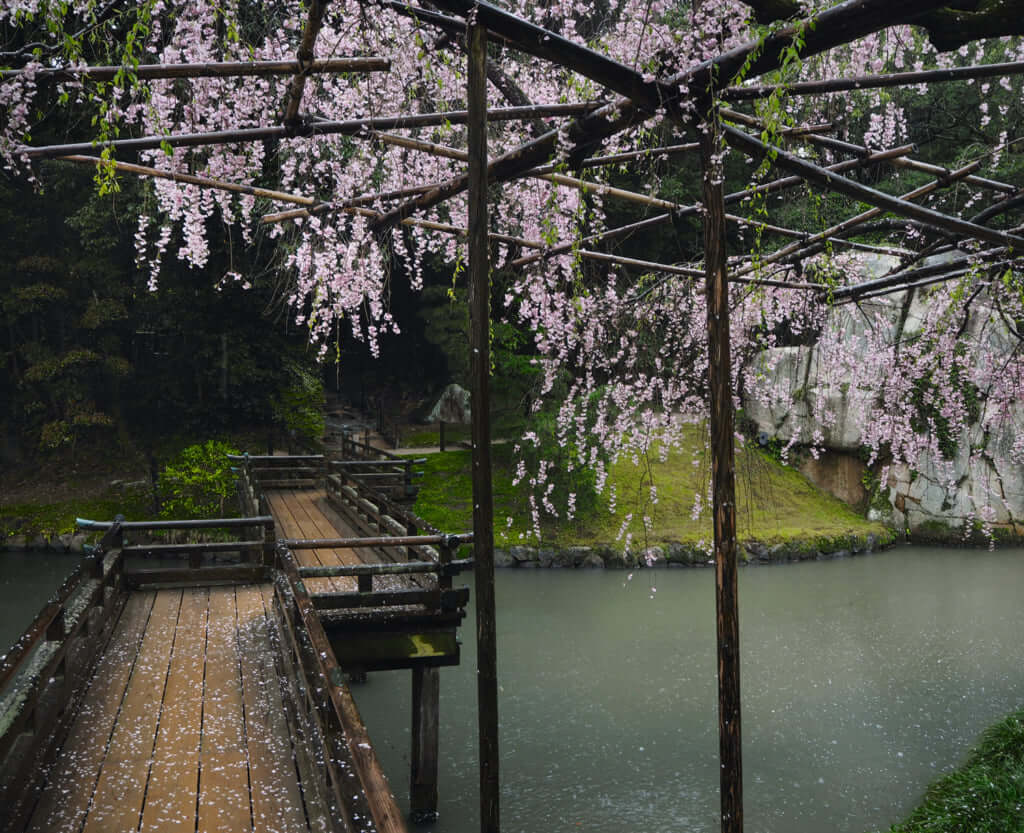
Cherry blossom above a wooden bridge at Kōraku-en, Okayama. Picture credit: Photograph © Sophie Walker (page 202)
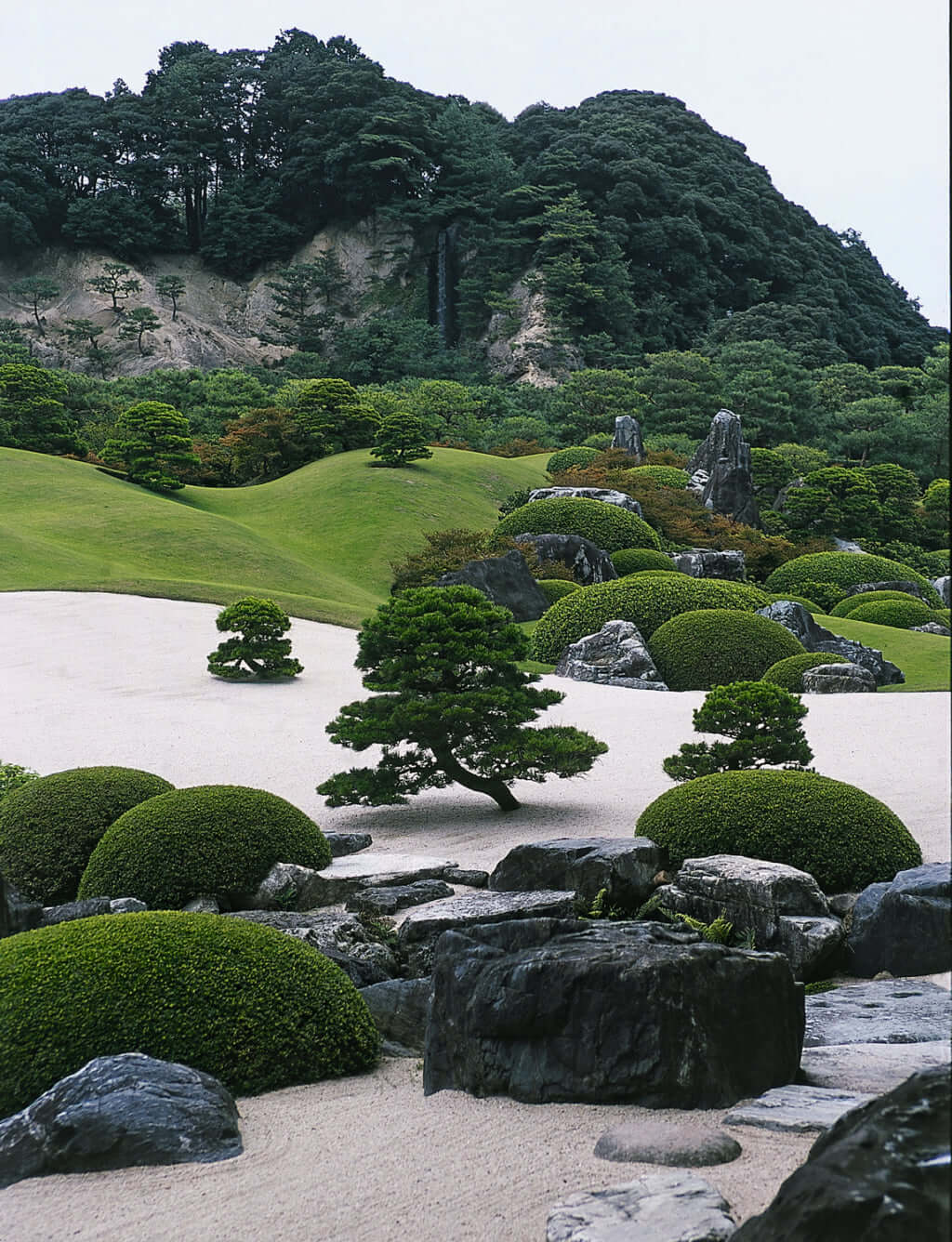
Adachi Museum Garden, Yasugi, 1970, Shōwa Period, Zenkō Adachi. Picture credit: © Malcolm Raggett (page 133)
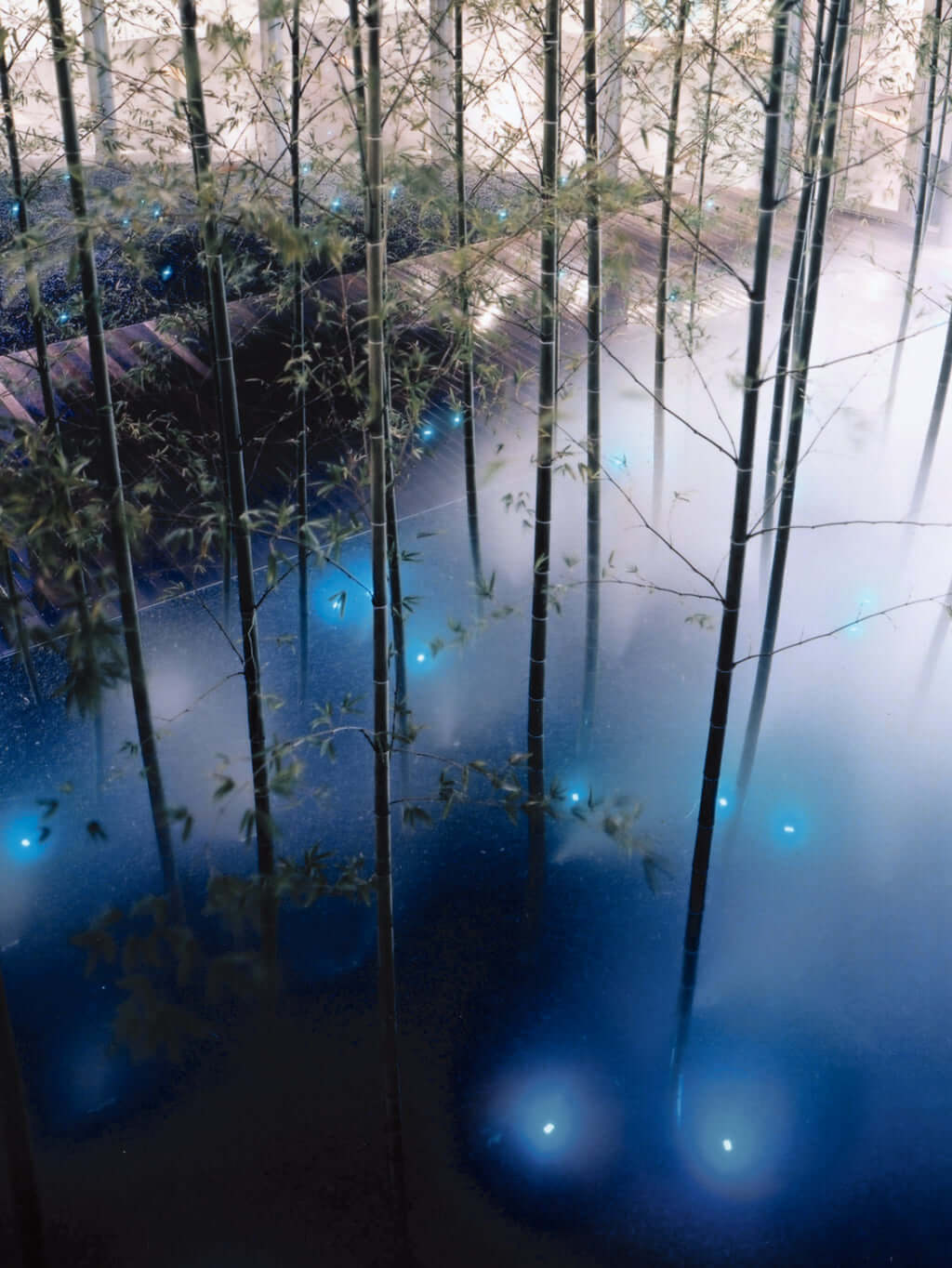
Time Garden, Izumi City Plaza, Osaka, 2002, Heisei Period, Tatsuo Miyajima. Picture credit: © SS Osaka. Courtesy Tatsuo Miyajima (page 221)
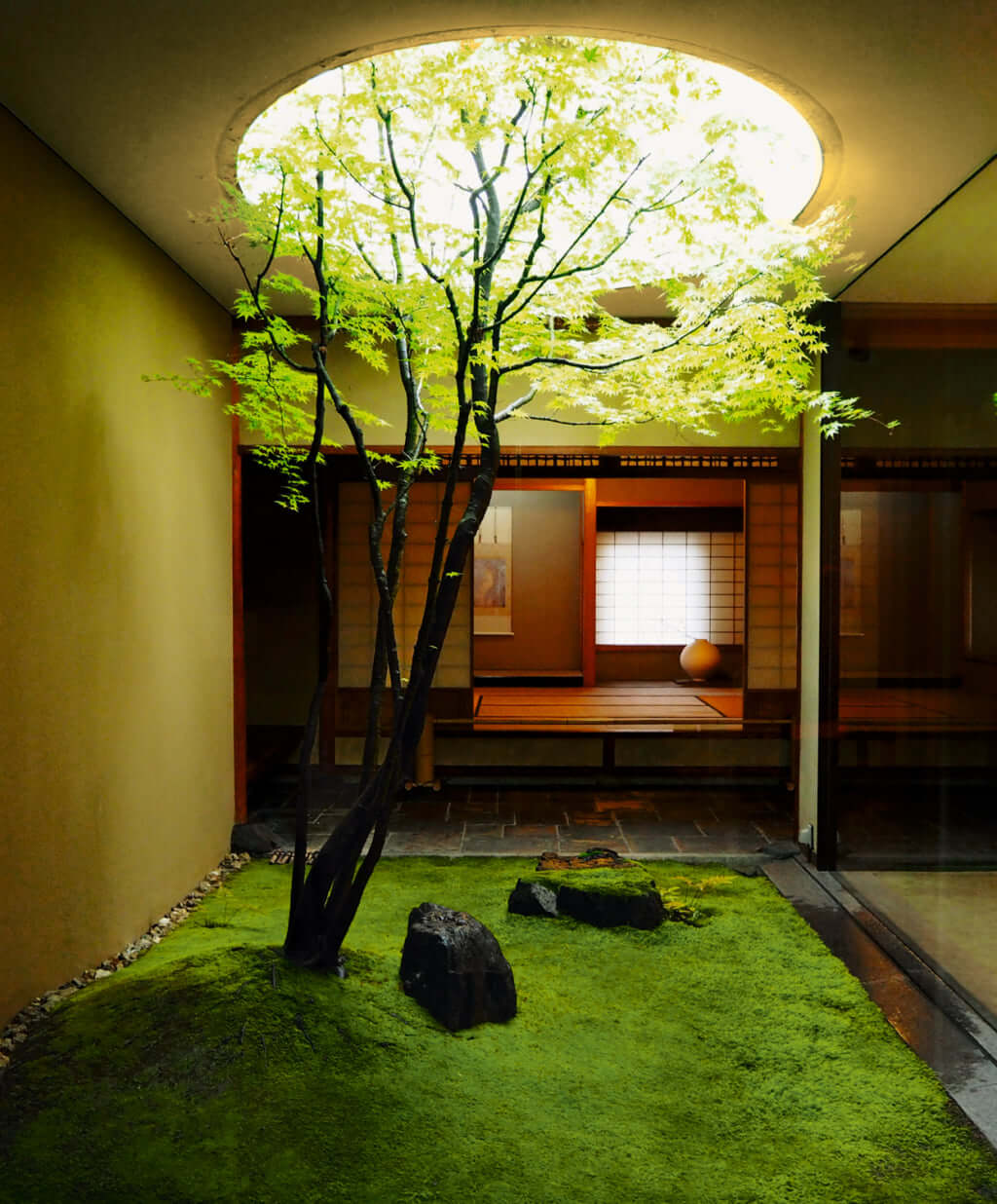
Kahitsukan Kyoto Museum of Contemporary Art, Kyoto, 1981, Kajikawa Yoshitomo with Akenuki Atsushi. Picture credit: Photograph © Sophie Walker (page 235)
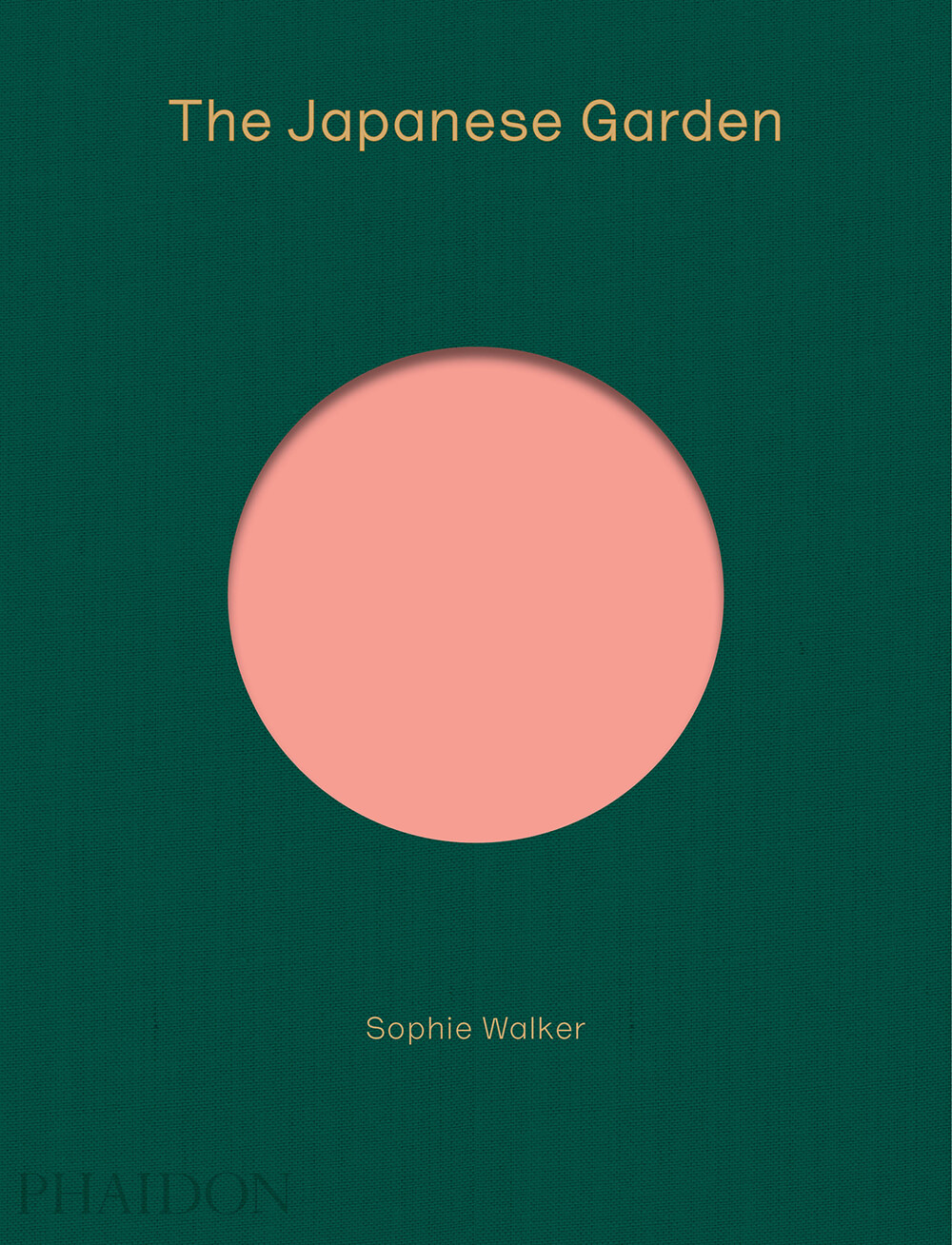
The Japanese Garden, Sophie Walker, Phaidon
TRENDING
-
A Rare Japanese Garden Hidden Within Honen-in Temple in Kyoto
Visible only twice a year, ‘Empty River’, designed by landscape architect Marc Peter Keane, evokes the carbon cycle.

-
Modernology, Kon Wajiro's Science of Everyday Observation
Makeup, beard shape, organisation of cupboards and meeting places: all of these details decipher 1920s Tokyoites.

-
Colour Photos of Yakuza Tattoos from the Meiji Period
19th-century photographs have captured the usually hidden tattoos that covered the bodies of the members of Japanese organised crime gangs.

-
Recipe for Ichiraku Ramen from ‘Naruto’ by Danielle Baghernejad
Taken from the popular manga with the character of the same name who loves ramen, this dish is named after the hero's favourite restaurant.

-
Hitachi Park Offers a Colourful, Floral Breath of Air All Year Round
Only two hours from Tokyo, this park with thousands of flowers is worth visiting several times a year to appreciate all its different types.





